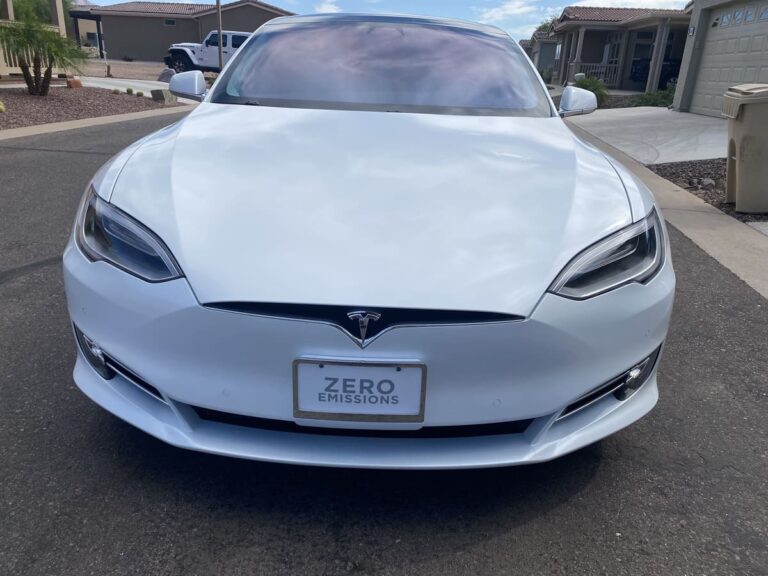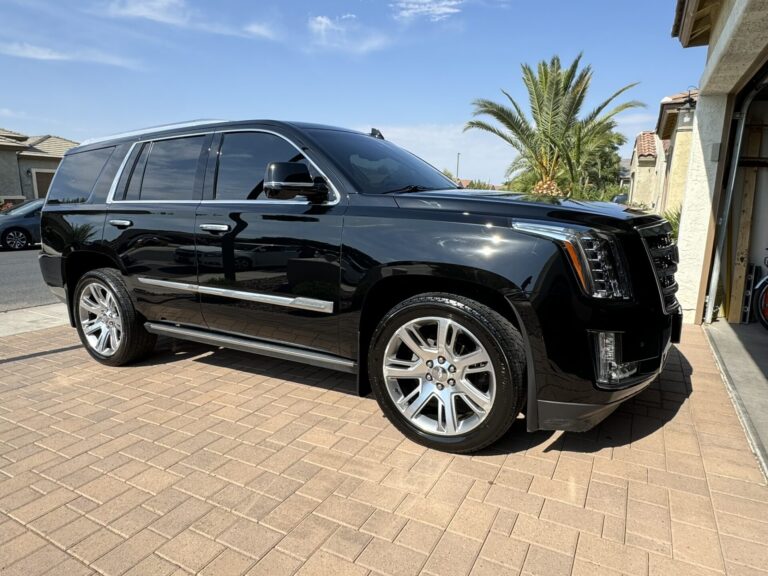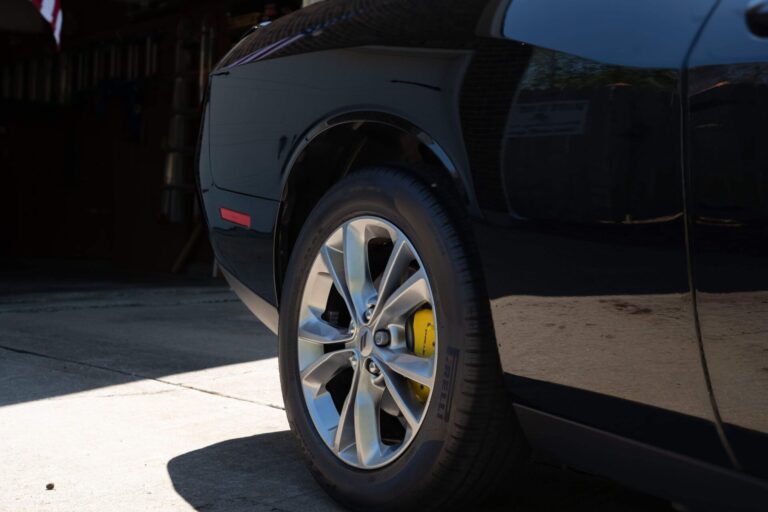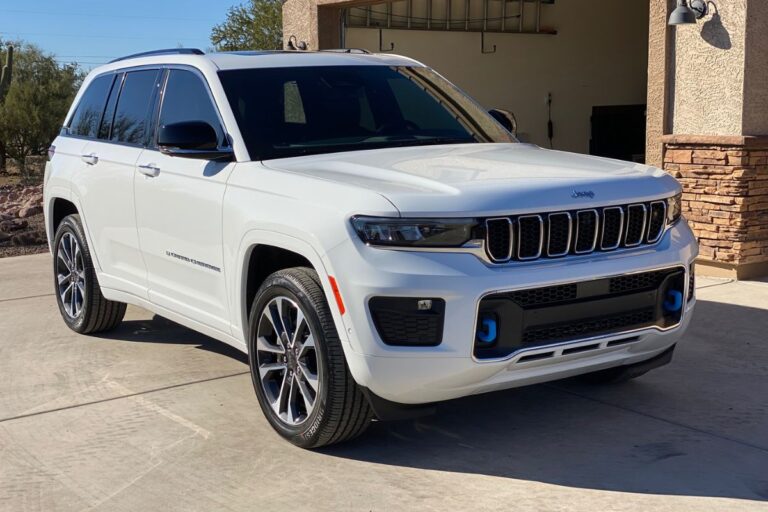Woman hand drying the vehicle hood with a red towel
Many individuals are unaware that polish is an abrasive substance that works to erase flaws. You hardly ever touch the paint on modern vehicles. Because the transparent layer is the one that is harmed, very little of it is removed during the polishing process, watermarks, acid-rain etch, minor scratches, swirl marks, and other types of damage can all be removed with a polish.
Although car polishing is a procedure that is frequently misunderstood, it is necessary to make the paintwork appear as glossy as possible. We’ll go over the precise purpose of a car polish in this article, along with the dangers, restrictions, steps to take, and the preparation needed to achieve the best finish.
Car polishing eliminates minor apparent coat dings, scratches, and swirl marks by flattening the clear coat and enhancing its glossiness. After polishing, which can be done manually or with a machine, the paint should be protected with wax, sealer, or coating.
The Difference Between Wax and Polish
Among all the myths about car maintenance, this one stands out. Even though wax and polish serve very different purposes, many automobile owners interchangeably use both.
Because automobile polishes are moderately abrasive, they risk flattening the clear coat that protects the car’s top layer of paint. This eliminates any minor flaws typically left behind after the wash procedure when sponges, brushes, or other abrasive methods of cleaning the paintwork were used. The overall goal is to raise the shine. Simply put, the clear coat’s flatness affects how shiny the paint is.
Waxing does not irritate the paint and leaves a barrier that protects it from UV radiation, debris, and filth. They don’t include abrasives. Thus, they can’t flatten the clear coat. Wasting after polishing is crucial to preserve the finish because polishes do not shield the paintwork.
The underlying claims that they both help the paint look shinier are why people are confused with waxes and polishes. Waxes frequently contain substances that give the paintwork a little more shine. But compared to polishing, they are hardly as effective. What makes a finish appear truly shiny is not what you pour on top but rather the flatness of the clear coat.
How Does Polishing Work?
The fact that polishes are abrasive and aid in flattening the clear coat has already been mentioned. It needs a little more justification, though. In most cases, a car’s clear coat is not entirely flat and will have scratches unless it has just been polished and is kept in good condition.
Polishes have mild abrasives in a liquid form that are intended to remove the clear coat that has been damaged and reveal a brand-new, flat layer of paint. They can be applied either mechanically with a polisher or manually using a foam or microfiber pad. They are used to remove an even coat of paint by involving them in circular motions in one small area at a time, and working them into the paintwork. After applying the polish, the leftover material can be removed by buffing it with a microfiber towel. It could take several tries to reach the necessary finish level in the exact location.
Signature Auto Detailing provides single and multistage paint improvement and correction services. Our employees have received extensive training in machine polishing, guaranteeing the best finish is obtained securely.
Contact Signature Auto Detailing today if you are interested in polishing your car!







